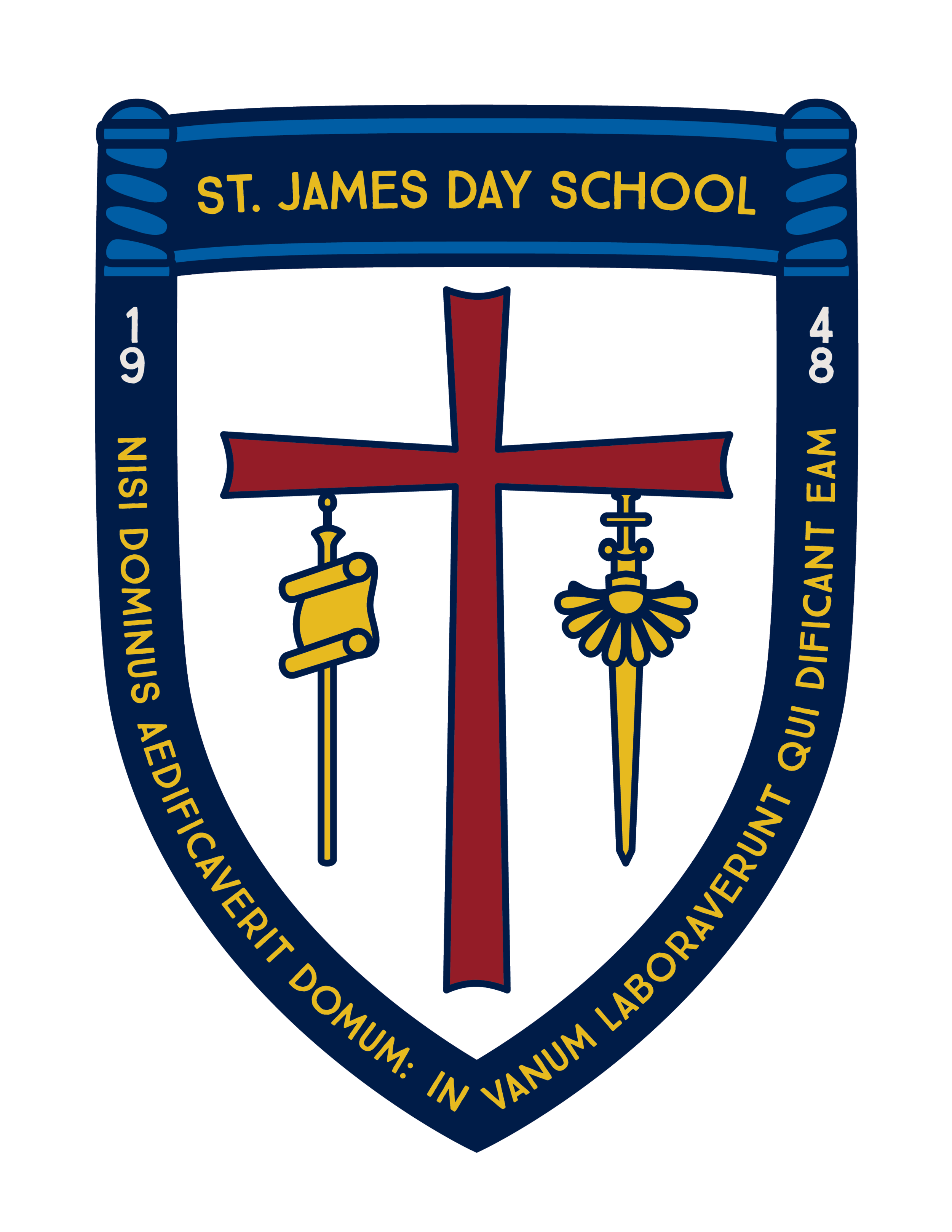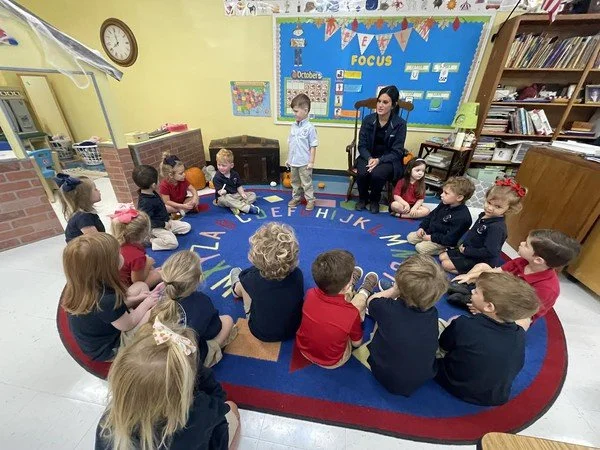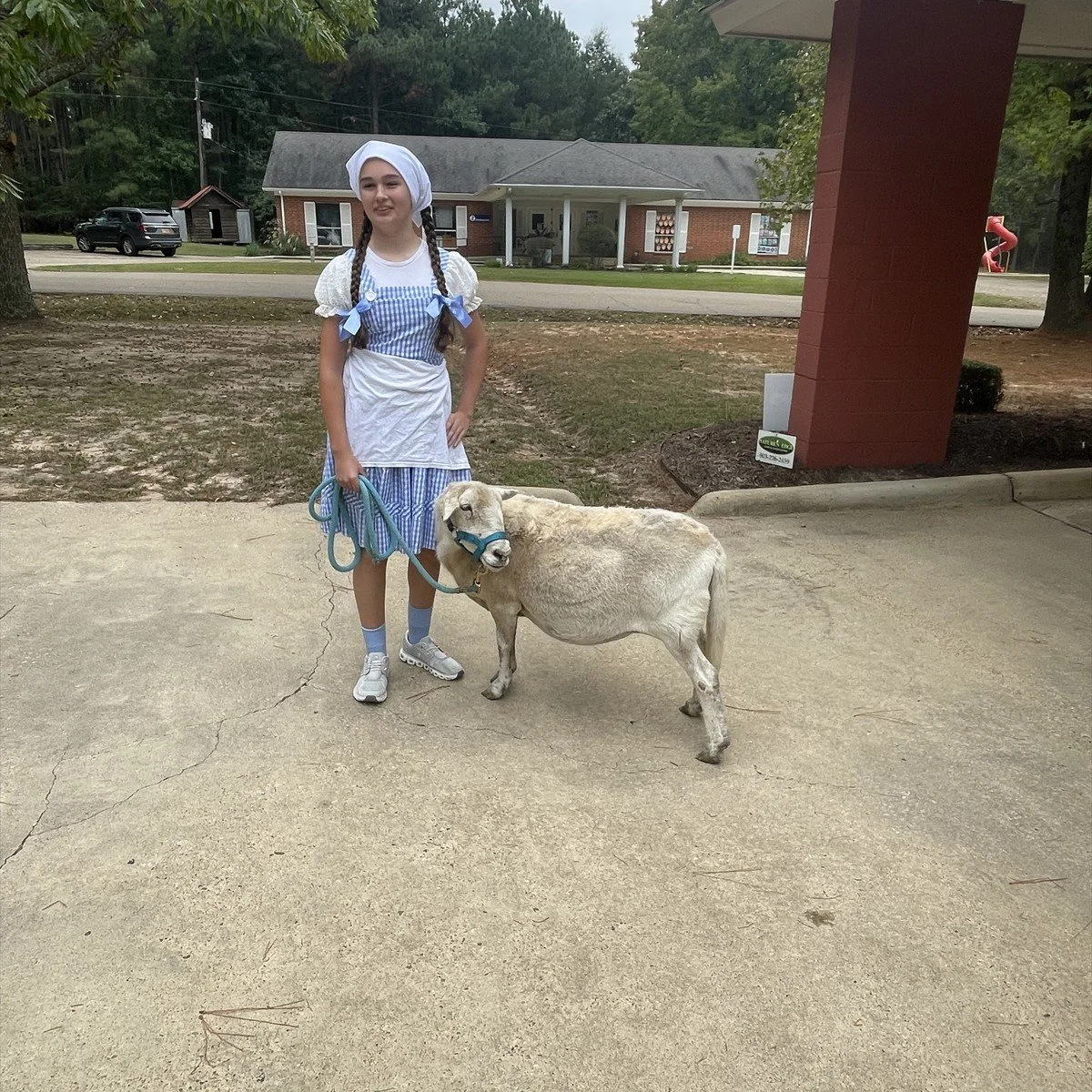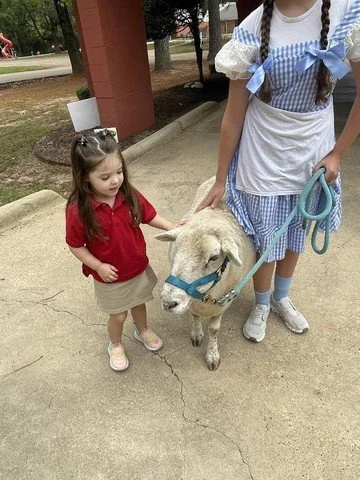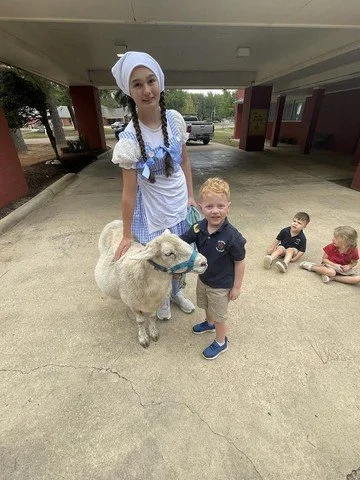Clothing Unit-All About Uniforms
What special clothes do people wear to work?
This week, we welcomed two special guests who shared insights about their work attire. We had a police officer and an EMT join us. We explored the unique aspects of their uniforms, including the lettering, buttons, pockets, belts, shoes, and various pieces of equipment that are important to their roles.
Mary and the Lamb
Last week, we had a delightful visit from Mary and her lamb, adding a very special visitor to our clothing unit. As part of our exploration of how clothes are made, we discovered that one of the materials used is wool. This sparked conversations about how different animals provide materials for our clothing, such as wool from sheep, and the importance of understanding where everyday items come from. This also was a perfect opportunity to connect our current learning with our first unit of the school year, which focused on nursery rhymes. The children were excited to recall the rhyme "Mary Had a Little Lamb," and they discussed why a lamb might not belong at school.
Clothesline Patterns
We have begun forming patterns, focusing primarily on AB patterns, with a touch of ABC and ABBA patterns for variety. To make the lesson more engaging, we integrated our clothing unit by using colored clothespins to create patterns on a clothesline. This activity not only reinforces the concept of patterns but also serves a dual purpose: the act of pinching the clothespins and arranging them on the line helps strengthen hand muscles, thereby enhancing fine motor skills and improving hand-eye coordination.
Patterns:
Patterns are an essential aspect of early learning. They help children recognize and predict sequences, which are foundational skills in mathematics. By understanding patterns, preschoolers develop critical thinking and problem-solving abilities. Patterns also aid in enhancing memory and attention to detail, as children learn to identify and replicate sequences. This foundational skill set lays the groundwork for more complex mathematical concepts they will encounter in the future. Furthermore, recognizing and creating patterns encourages creativity.








